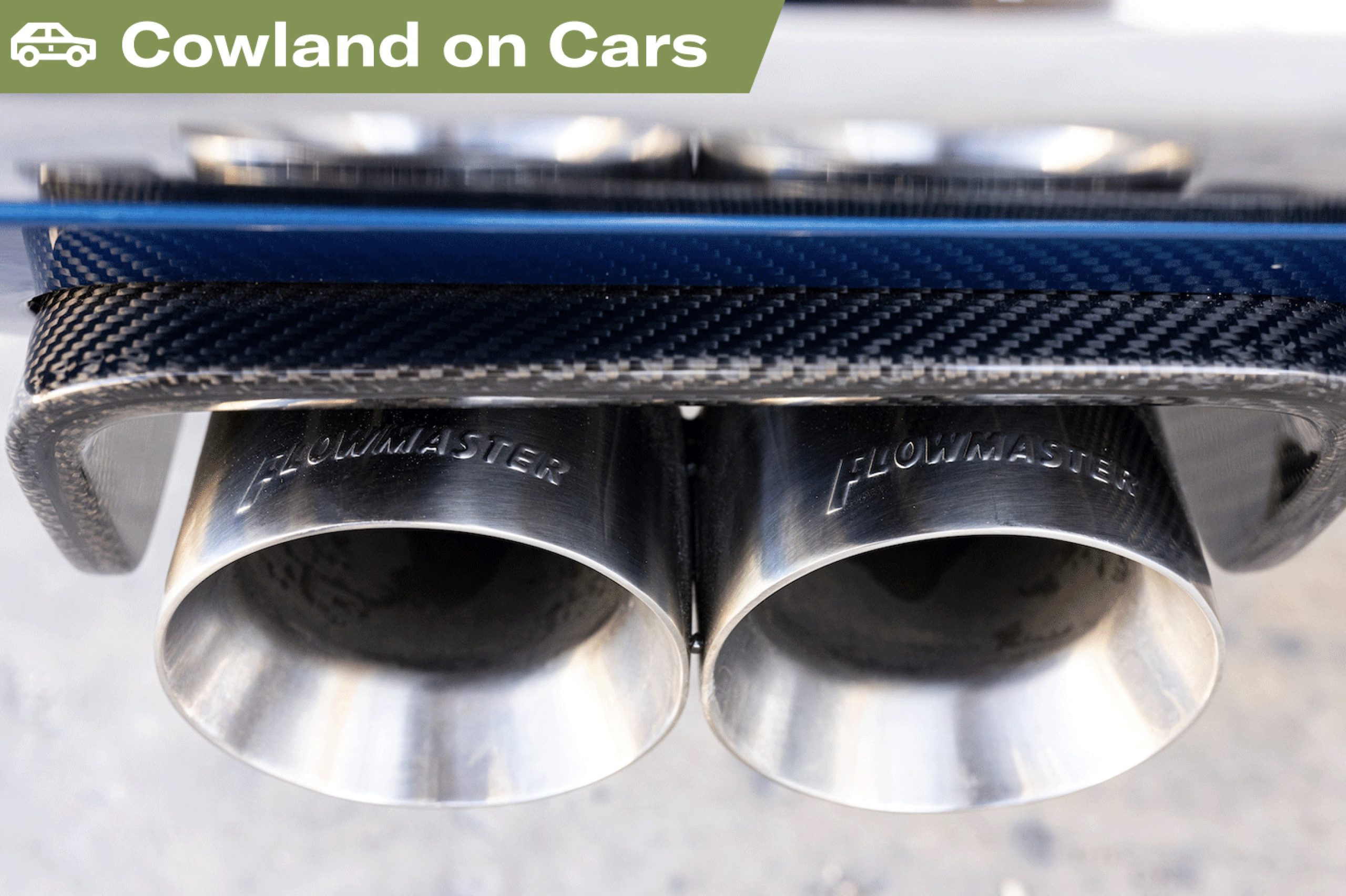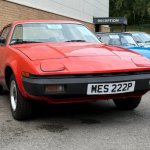I know that I’m in a safe space when I stand up in a circle of you all and say, ‘I’m Paul Cowland, and I’m a car modifier…’ Because I know that a great deal of you out there are, too. While certain Hagerty readers – and indeed customers – prefer the unalloyed purity of a factory standard spec, there are a similar number of my brothers and sisters out there who prefer, say, the untamed rumble of a stainless steel sports back box over the factory’s mild steel alternative – and for me at least, ‘twas ever thus.
I can vividly remember working every day of a summer holiday as a 16-year-old to be able to buy my first car: a 1972 VW Beetle, if you’re interested. And while it felt great to get it home and marvel at its mere presence on my parent’s drive, what felt even better was when I cycled down to the auto accessories shop ten minutes later and used the tiny bit of budget I had left to buy a Mountney steering wheel and boss. Half an hour after acquiring my first-ever car, and almost a full year before I could legally drive it, I had completed my first modification. Fast forward 34 years and many hundreds of cars later, and there hasn’t really been a month that’s passed by where I haven’t bought something for one of the many cars in my care to make it look, sound, drive, handle or feel better than the factory intended.

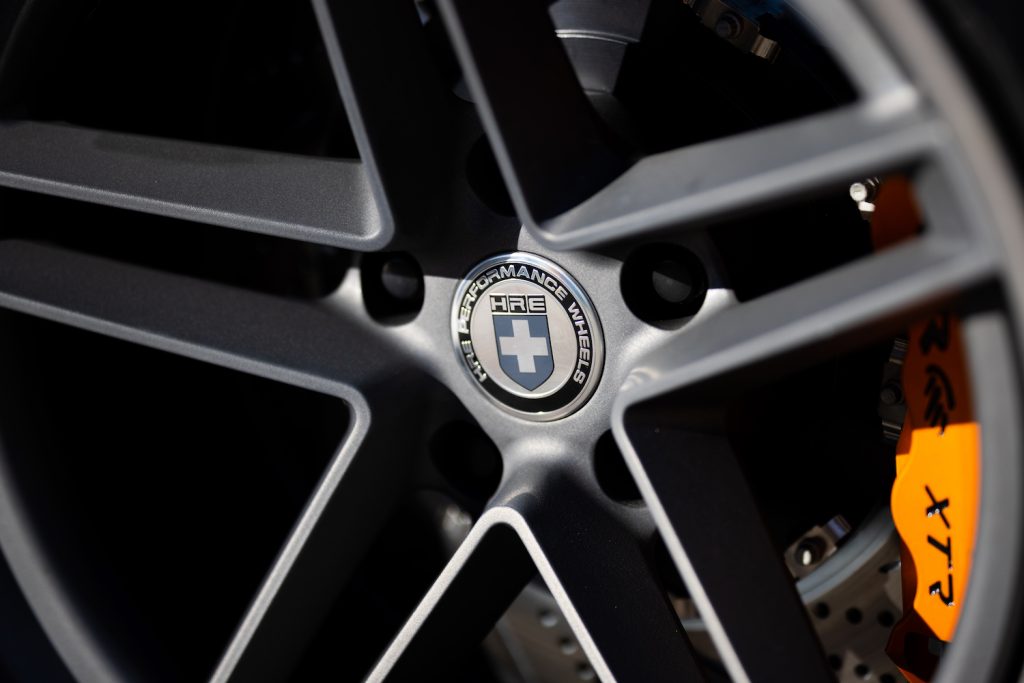
And that, for me and for many others, is the joy of modifying. The respective car manufacturers may churn out a series of cars each year, perhaps with a few trim and colour differences, but they’re pretty much a ‘one size fits all’. Sure, there are options lists that allow you to have a little fun, but unless you are rich enough or mad enough to buy a brand new car every time you get bored, you’re never going to have exactly what you want. And if your weapon of choice and preference of transport is older stuff anyway, then your blank canvas literally starts with whatever the car’s previous owner – or the original buyer – thought was a good idea. That’s where the true joy of modifying comes in. Taking someone else’s perfect vision of a car, and making it very much your own.
It’s not just about personalisation, however, although that is always rather fun. Mods allow you to place your car into a drastically different sphere of ability. Unless you’re shopping for seven-figure supercars, and then, perhaps even if you are, cars are made very much down to a compromise of price, quality, economy, and usability for the average punter. And that’s going to affect every material and production decision on the entire machine. From the size, weight, and radius of your wheels through to the grip co-efficient and profile of your tyres. Somewhere in Wolfsburg, Luton, or Dieppe, a room full of marketeers and boffins has worked out the median for everything in our lives: size, income, market position, driving style, and how many kids and dogs we have, and then, depending on which kind of car it is, it’s usually engineered to appeal to the greatest number of those folks. It’s the very stuff of automotive legend when they get it right (think of bestsellers like the Ford Focus) and the stuff of product team nightmares when they don’t. (City Rover, anyone??)
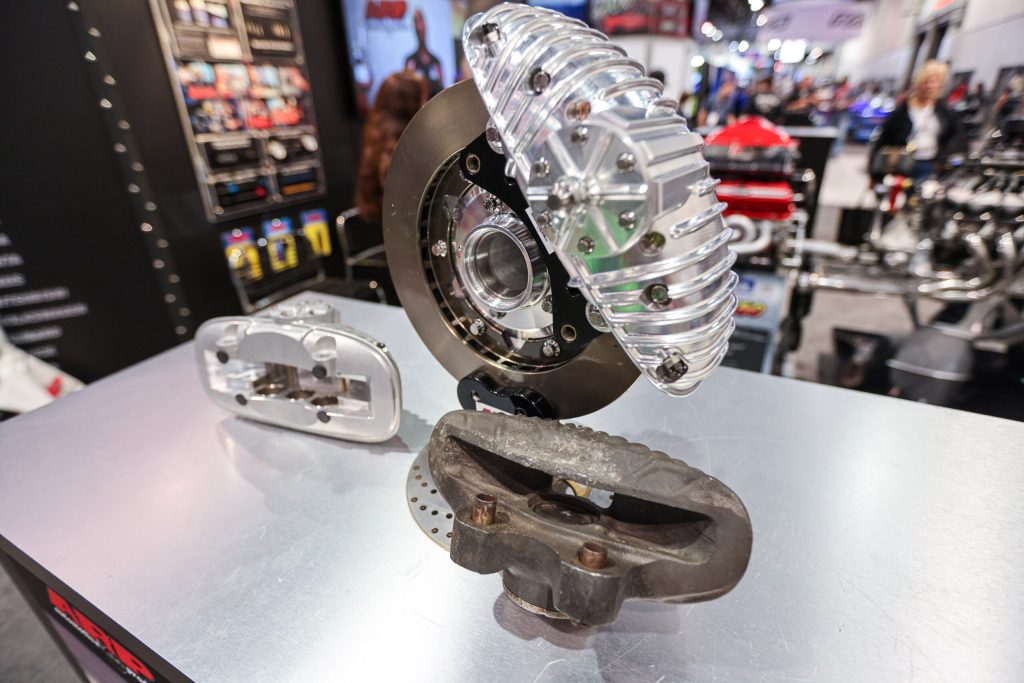
For those of us who don’t want to conform to this ‘average’ picture, a multi-billion-pound aftermarket allows us to go lower with springs and coilovers, handle better with polyurethane bushes and stickier tyres, before shaping air with bolt-on spoilers and even sitting in deeper and more supportive seats. Want to brake later? Semi-floating discs and six-pot calipers will shorten your stopping distances to a third of those in the highway code, and should you want to endow your motor with more horses, too, choose from a plethora of remaps, exhausts, and induction set-ups. In short, these days it’s so very easy to endow your car with veritable superpowers. It’s also immensely enjoyable, too. For me, and many others, the journey of improving a machine in stages is one of the most satisfying processes there is.
Where it can all go a bit wrong, though, is when tuners forget that we do need to keep things on the right side of the law. This has always been a bit woolly in the past with regards to things like removing catalysts, and back somewhere in dim and distant ancient history, cars with such things missing would occasionally scrape through a friendly MoT and go about their raspy business. Not any more though…
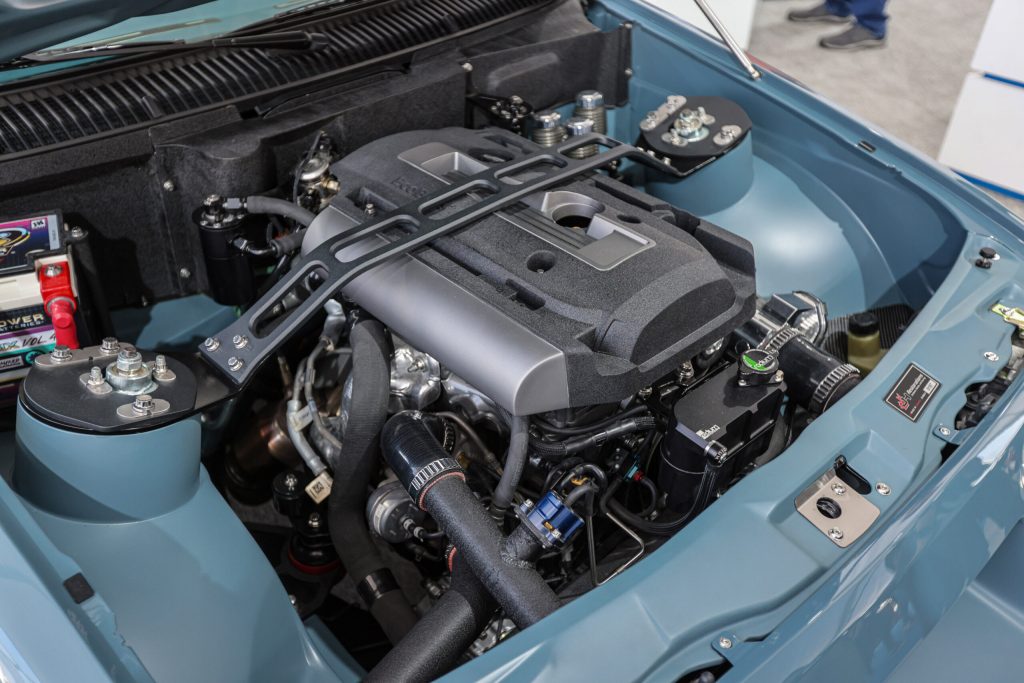
You see, the DVSA, or Driver and Vehicle Standards Agency, to unwind its acronym, here in the UK has recently created what it calls its ‘Market Surveillance Unit’. This crack team’s sole purpose is to scour the internet and social media, as well as print press and forums to spot if anyone is fitting anything they shouldn’t be. After all, the law is pretty specific about things like removing emissions devices and disturbing the peace with a remap that makes your Civic sound like you’ve taken a wrong turn out of the paddock at a nearby WRC event. So, if you are a tuner who is doing those sort of things, it might be a sensible time to stop, or at least make sure you’re being very clear on how those parts you’re fitting are to be correctly used. Why? Because the DVSA has had its first successful prosecution and conviction against a tuner that had fitted a de-cat and ‘pop and bang’ map to a DVSA-supplied mystery shop car. A tune, if you will, that has also cost more than £7000 for the key tappers and spanner wielders in question…
So does this mean we all need to stop messing about with cars now? Must we leave them all factory standard? Thankfully not, because the biggest players in the industry have already grouped together to create a strict code of conduct and code of practise for manufacturers and fitters of go-faster bits to ensure that consumers, lawmakers and even good old insurance companies know that what’s being fitted will (literally) pass the sniff test. The trade federation in question is the PAAA, or Performance Automotive Aftermarket Association, and if you think of them as an Avengers-style assembly of the great and the good of the tuning world, you wouldn’t be far wrong. This collection of 70-odd tuning names and marque specialists has created what’s called the SMART mark, and at the risk of unwinding yet another acronymic riddle, this stands for ‘Safe Modification and Responsible Tuning’. Like a CE mark for tuning gear, basically…
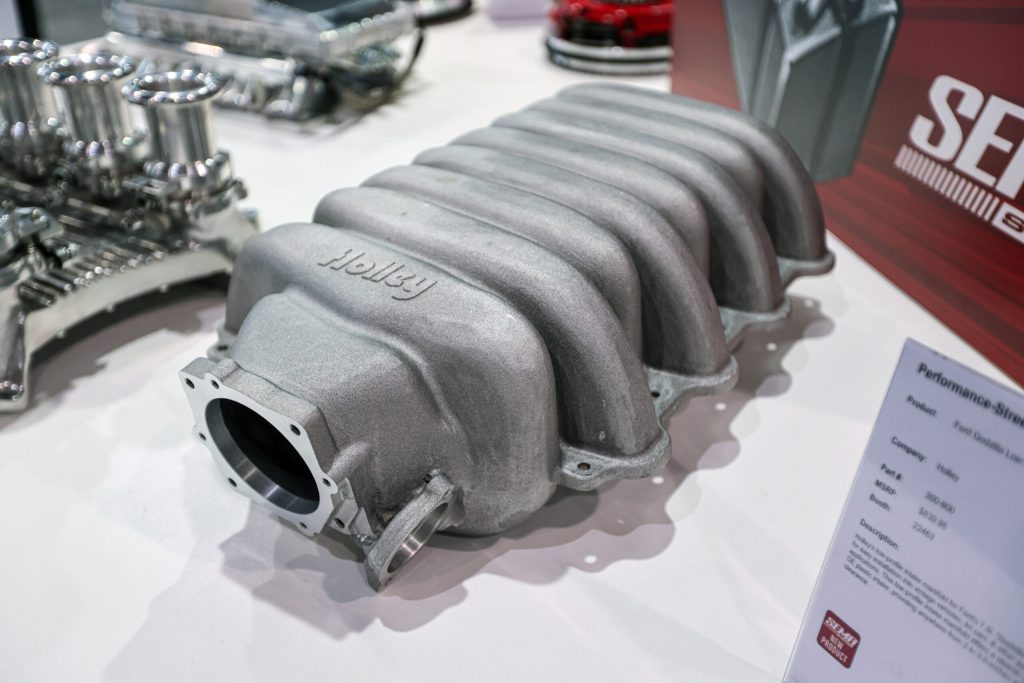
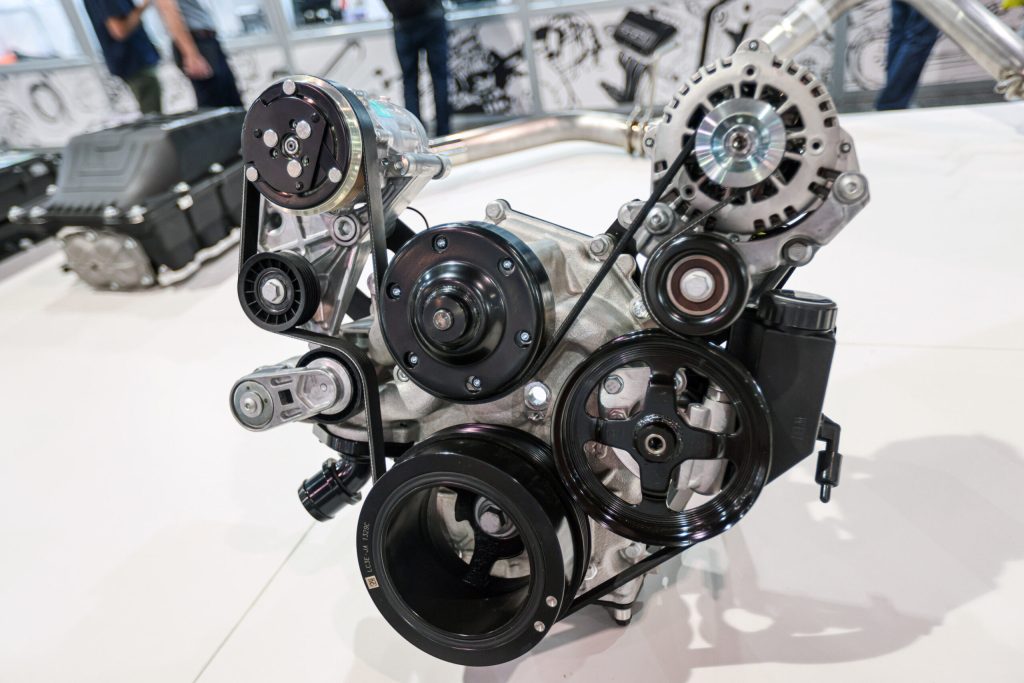
The idea behind this move is to give punters and retailers alike an easy reference to help them choose and buy easily in what could potentially be a confusing market going forward. Buy a SMART-marked product, have it fitted by a similarly accredited dealer, and guess what? It’s going to be fully MoT, insurance, and police friendly. There are no further checks or thinking for you to do.
So don’t worry that the government are coming for your beancan exhausts and 50 extra horses, because they really aren’t. What they are definitely looking for us all to do, however, is to use a little common sense going forward. Fit an EC-marked sports cat, rather than a de-cat. Opt for burbles rather than bangs with your remap, and get sensible and safe parts fitted by sensible and safe people. It’s not only going to make your car more fun to drive on the limit, but it’s a small move all enthusiasts can make to help safeguard the scene that we enjoy so much.
Anyway, if you’ll excuse me, the Demon Tweeks catalogue has just dropped through the door, and I’ve got a Christmas list to write…
